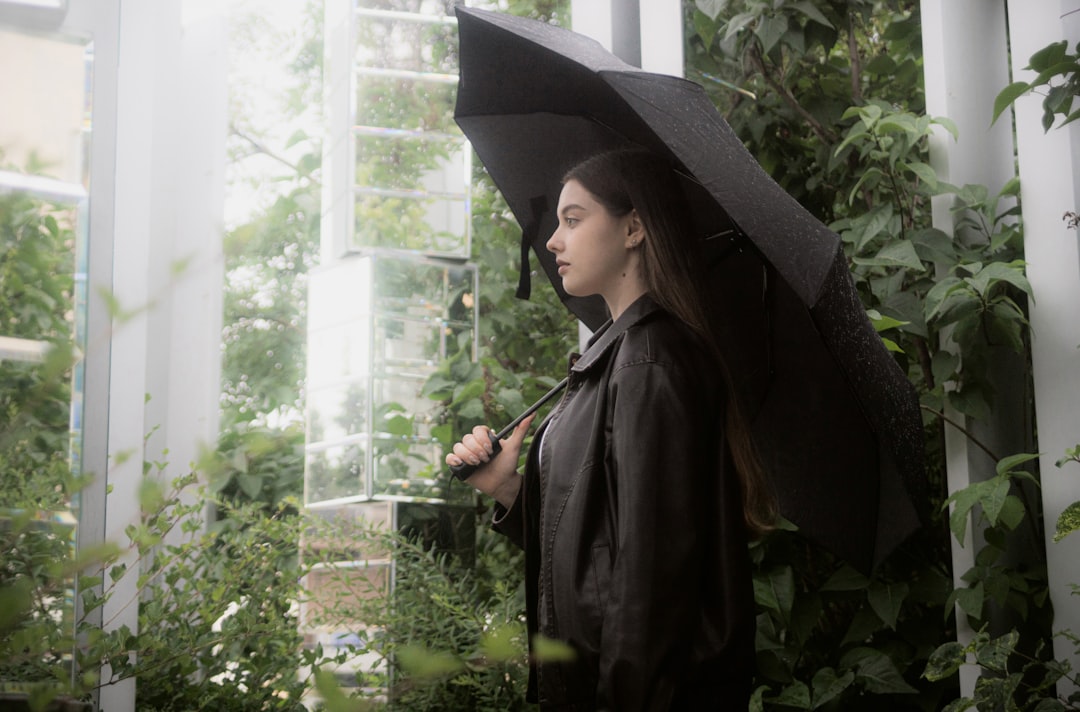
When it comes to gardening, especially in the realm of flowers, finding plants that can withstand various weather conditions while still maintaining their beauty is a true treasure. Sedum plants, also known as stonecrops, are one such gem. Whether it's the sweltering heat of summer or the bone - chilling cold of winter, these 17 sedum plants are a sight to behold throughout the year, offering a wide array of colors and sizes to suit every gardener's preference.
The adaptability of sedum plants is truly remarkable. In the scorching summer months, when many other flowers wilt under the intense sun, sedums thrive. Their thick, fleshy leaves are designed to store water, allowing them to endure long periods of drought. This makes them an ideal choice for gardeners in arid regions or those who may not have the time to water their plants frequently. For example, the Sedum acre, also known as goldmoss stonecrop, forms a dense mat of bright green foliage that is covered in tiny, star - shaped yellow flowers in the summer. Its low - growing habit makes it perfect for ground cover, adding a splash of color to rock gardens or the edges of pathways.
As the temperatures start to drop in the fall, sedums continue to shine. Their foliage often takes on beautiful autumnal hues, ranging from deep reds to oranges and yellows. The Sedum spectabile, commonly known as showy stonecrop, is a prime example. In the fall, its large, flat flower heads, which were once a vibrant pink, turn a rich bronze color. These flower heads not only add visual interest to the garden but also provide a valuable food source for pollinators such as bees and butterflies, which are still active in the early fall.
Winter is no match for sedum plants either. While many plants go dormant or die off during the cold months, sedums maintain their structure and can even add a touch of elegance to a winter garden. Some sedums, like the Sedum kamtschaticum, have evergreen foliage that remains green throughout the winter, providing a welcome splash of color in an otherwise barren landscape. Others, such as the Sedum telephium, develop a frost - kissed look on their dried flower heads, creating a unique and beautiful winter scene.
One of the great things about sedum plants is the wide variety of colors and sizes available. In terms of color, you can find sedums in shades of green, yellow, pink, red, and even purple. The Sedum spurium 'Dragon's Blood' is a popular choice for its deep red foliage, which intensifies in color as the season progresses. This sedum is also known for its pink flowers, which bloom in the summer, creating a striking contrast against the red leaves.
When it comes to size, sedums range from low - growing ground covers to tall, upright varieties. Low - growing sedums, like the Sedum album, are perfect for filling in gaps between rocks or in the front of flower beds. They spread quickly, forming a dense carpet of foliage that helps to suppress weeds. On the other hand, tall sedums, such as the Sedum 'Autumn Joy', can reach heights of up to 2 feet. These upright sedums are great for adding vertical interest to a garden and can be used as focal points in a flower arrangement.
Planting sedum plants is relatively easy. They prefer well - drained soil and full sun, although some varieties can tolerate partial shade. When planting, make sure to space the plants according to their mature size to allow for proper growth. Water the plants thoroughly after planting, but once established, they require minimal watering. Fertilizing is also not necessary, as sedums are generally low - maintenance plants.
In conclusion, sedum plants are a must - have for any flower garden. Their ability to thrive in different weather conditions, combined with their wide range of colors and sizes, makes them a versatile and beautiful addition to any landscape. Whether you're a seasoned gardener or just starting out, these 17 sedum plants are sure to bring year - round beauty to your garden.
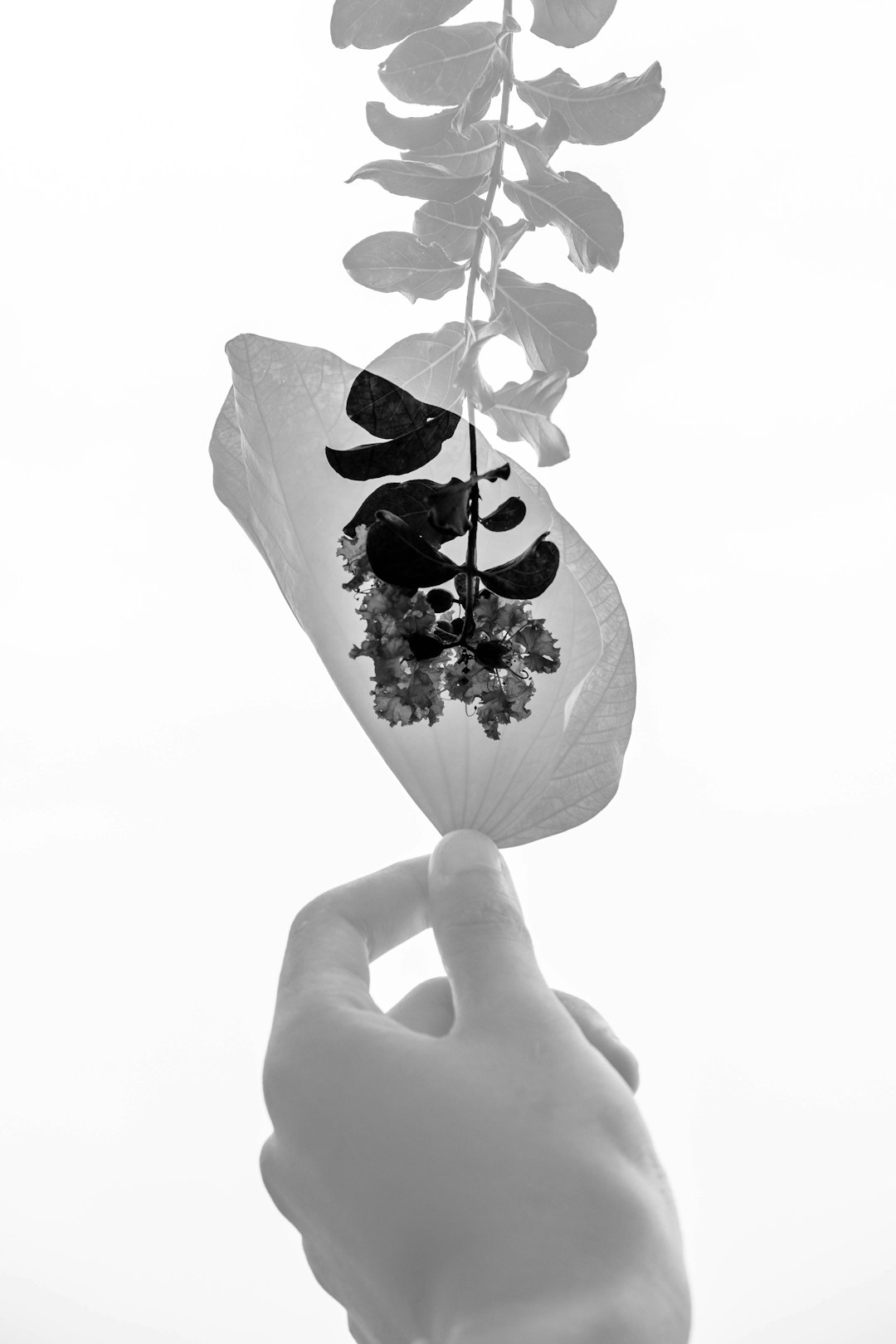
The Secret to Squirrel - Free Potted Plants
The Secret to Squirrel - Free Potted Plants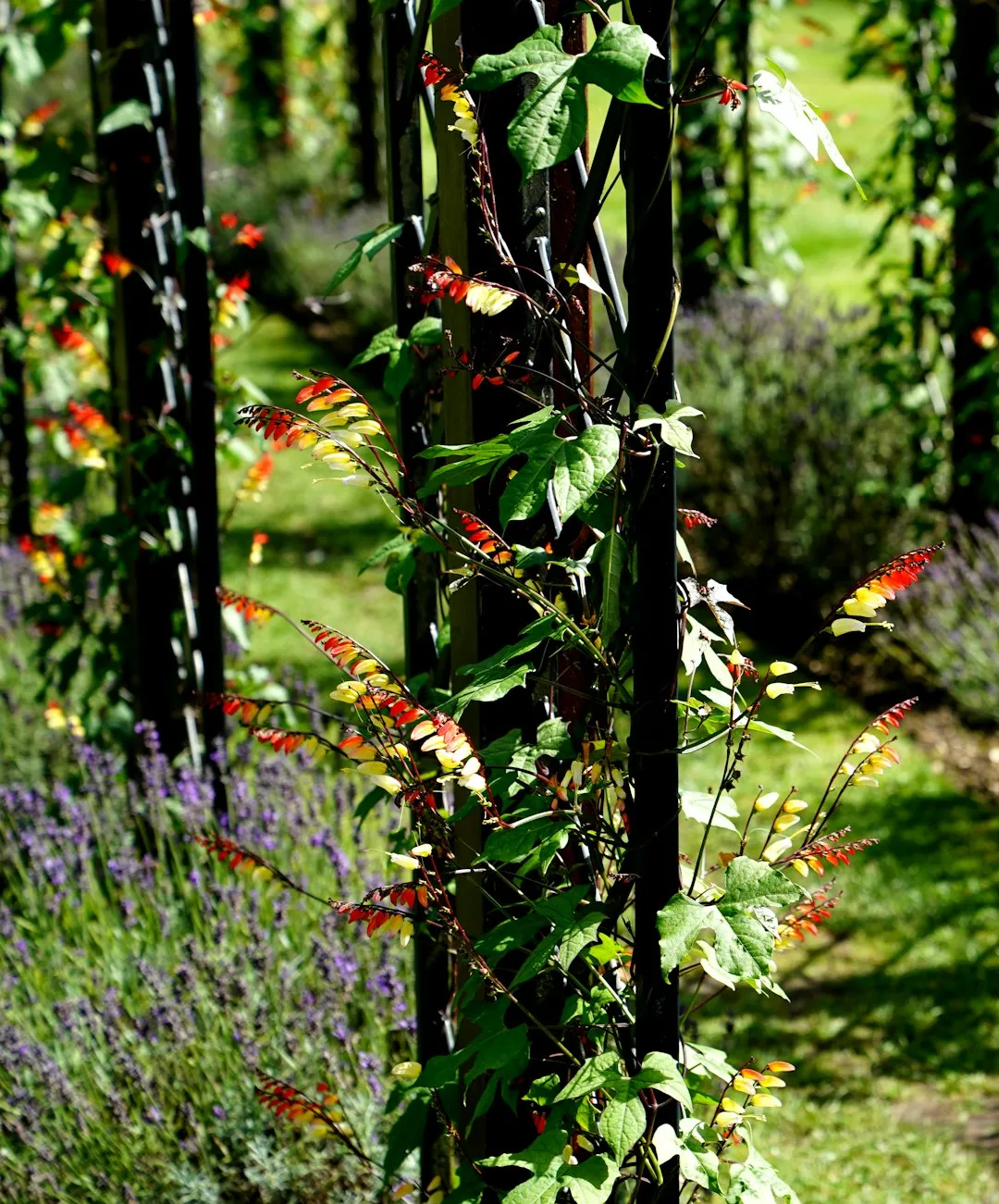
Sweet Rewards: Cultivating Berries in Containers
Sweet Rewards: Cultivating Berries in Containers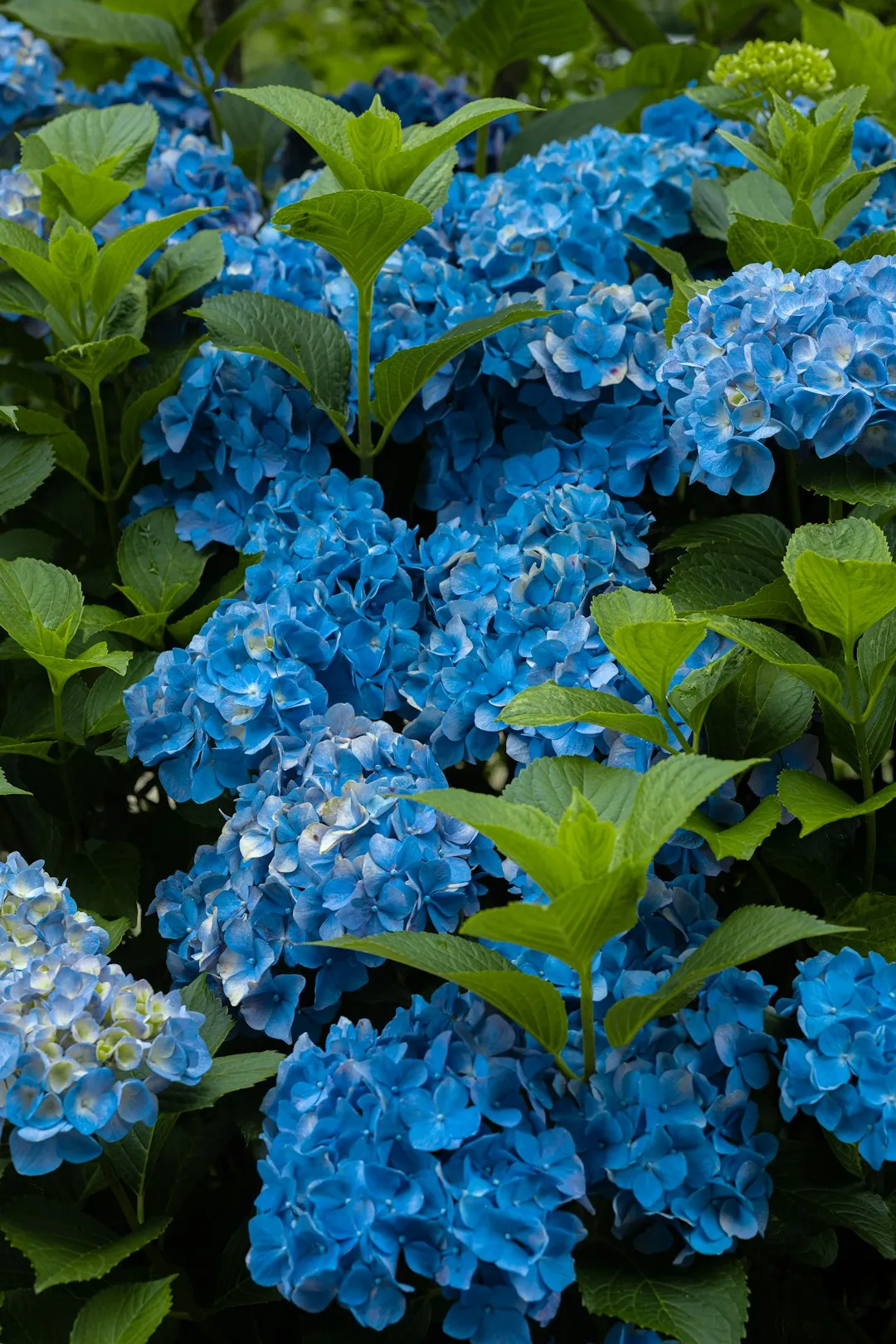
Unveiling the Secrets of a Stunning Lawn
Unveiling the Secrets of a Stunning Lawn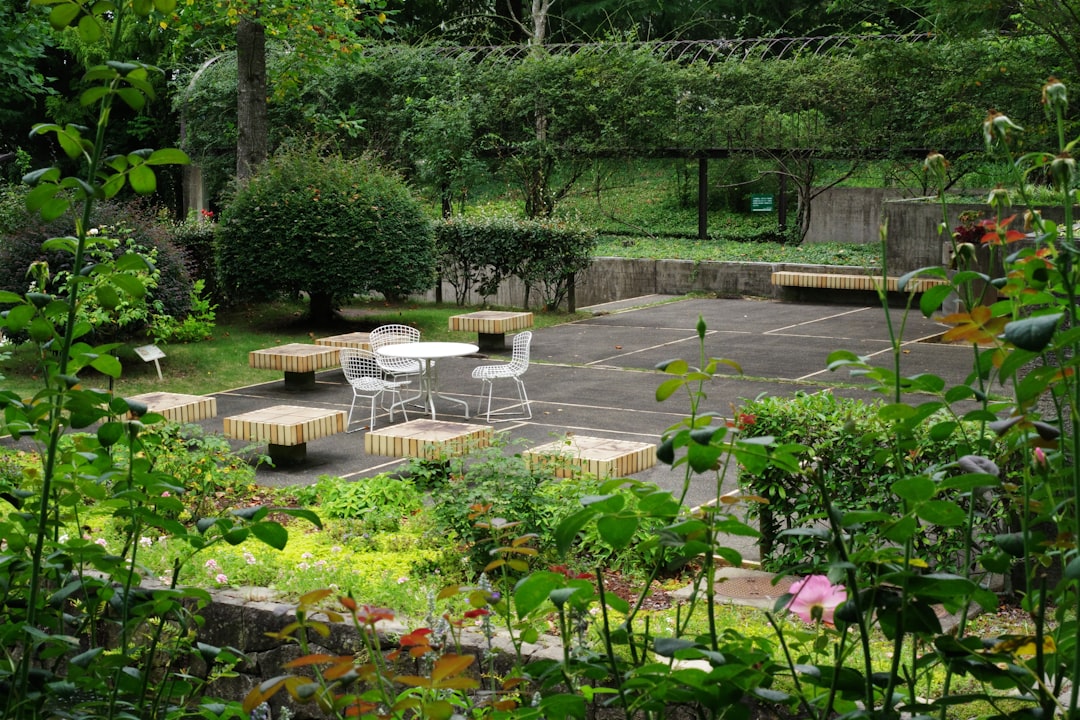
Fall Lawn Maintenance: The Key to a Healthy Yard in Winter
Fall Lawn Maintenance: The Key to a Healthy Yard in Winter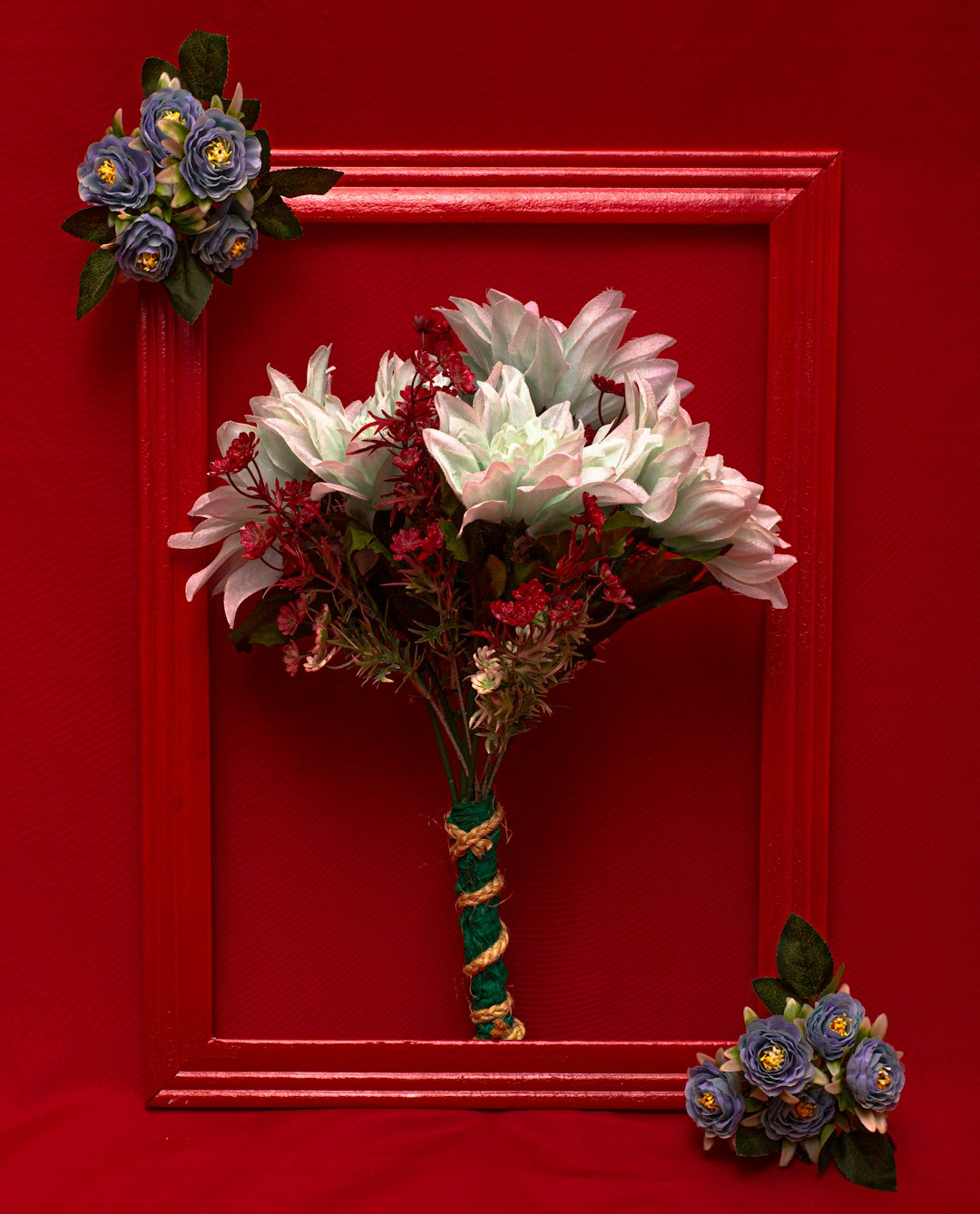
The Secret to Soil Amendment Without Uprooting Your Plants
The Secret to Soil Amendment Without Uprooting Your Plants
Unleash Your Garden's Potential: The Art of Seed Collection
Unleash Your Garden's Potential: The Art of Seed Collection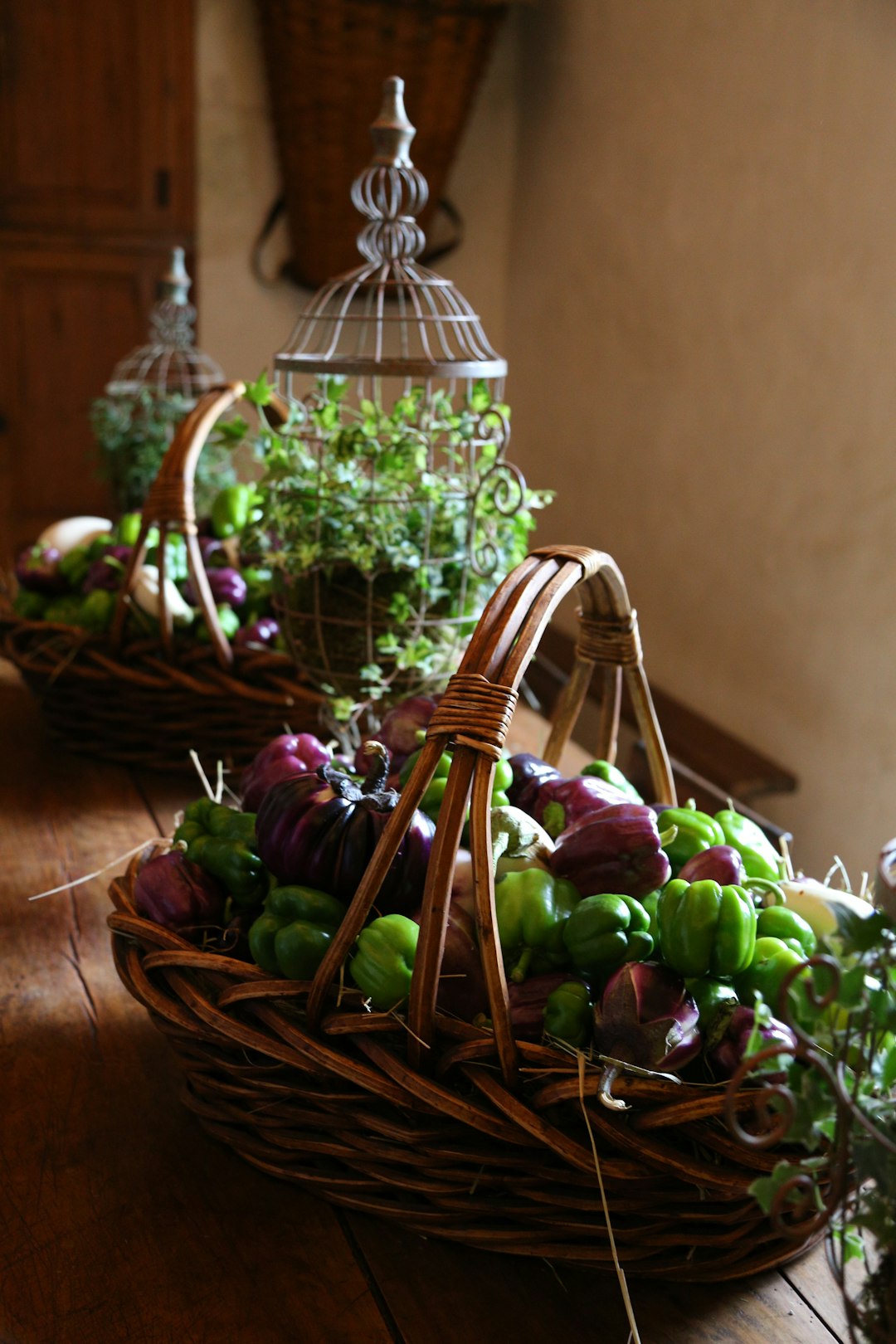
Pre - Summer Yard Care Essentials
Pre - Summer Yard Care Essentials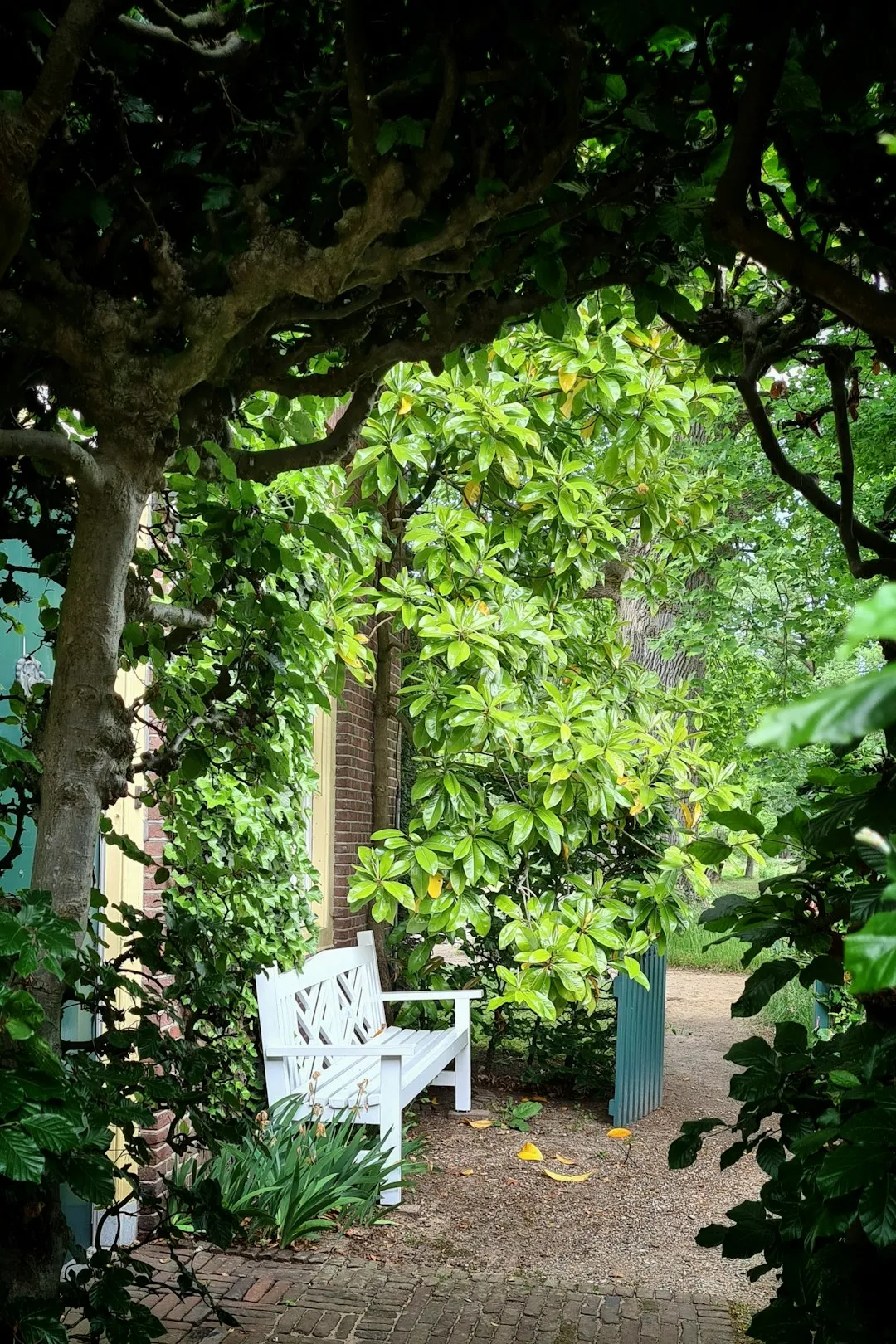
Weathering the Storm: Nurturing Your Garden in Extreme Conditions
Weathering the Storm: Nurturing Your Garden in Extreme Conditions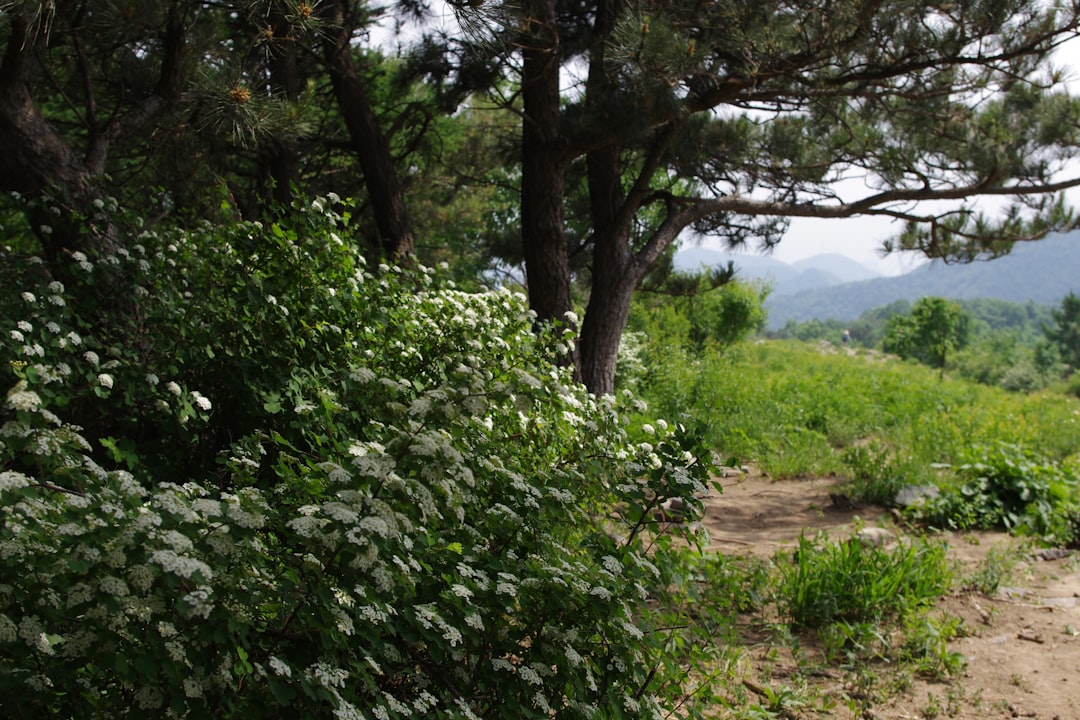
Summer Pruning: The 10 Flowering Plants to Leave Alone
Summer Pruning: The 10 Flowering Plants to Leave Alone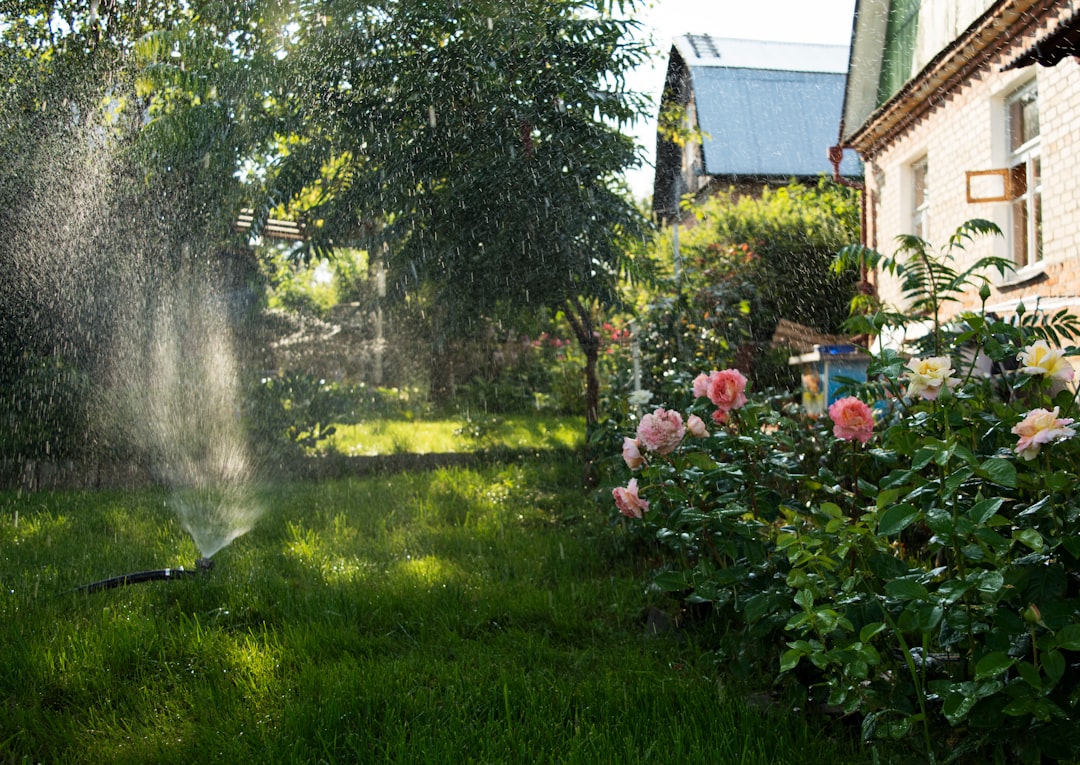
Unveiling the Hidden Gems of Perennial Gardening
Unveiling the Hidden Gems of Perennial Gardening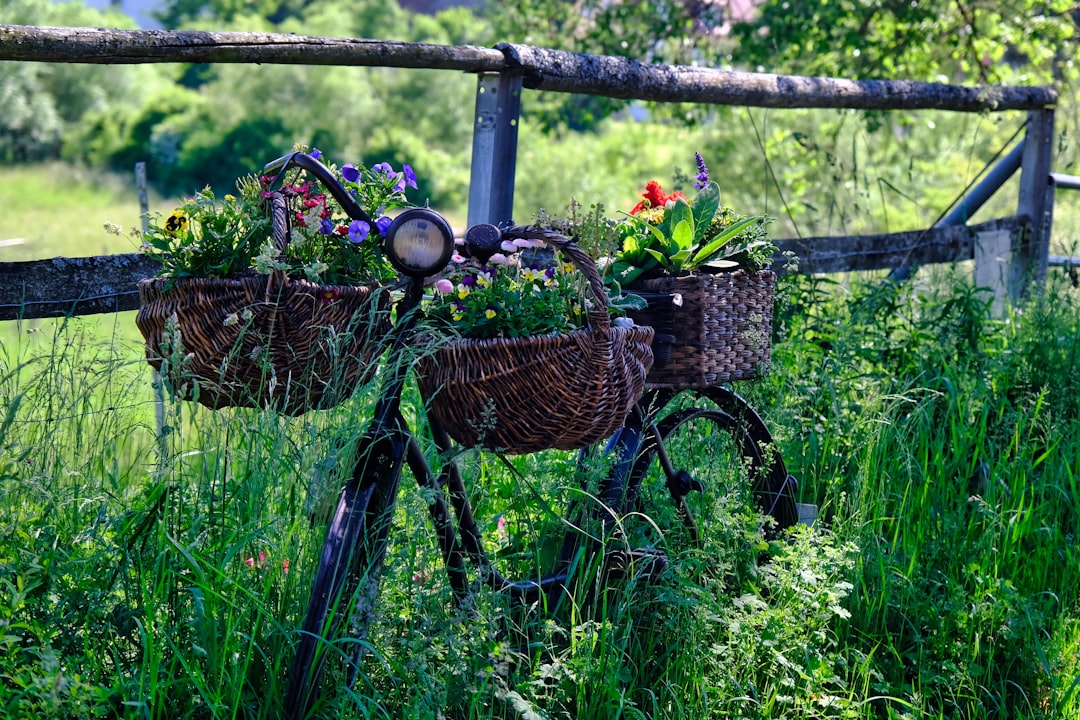
Unleashing the Beauty of Perennial Black - Eyed Susans in Your Garden
Unleashing the Beauty of Perennial Black - Eyed Susans in Your Garden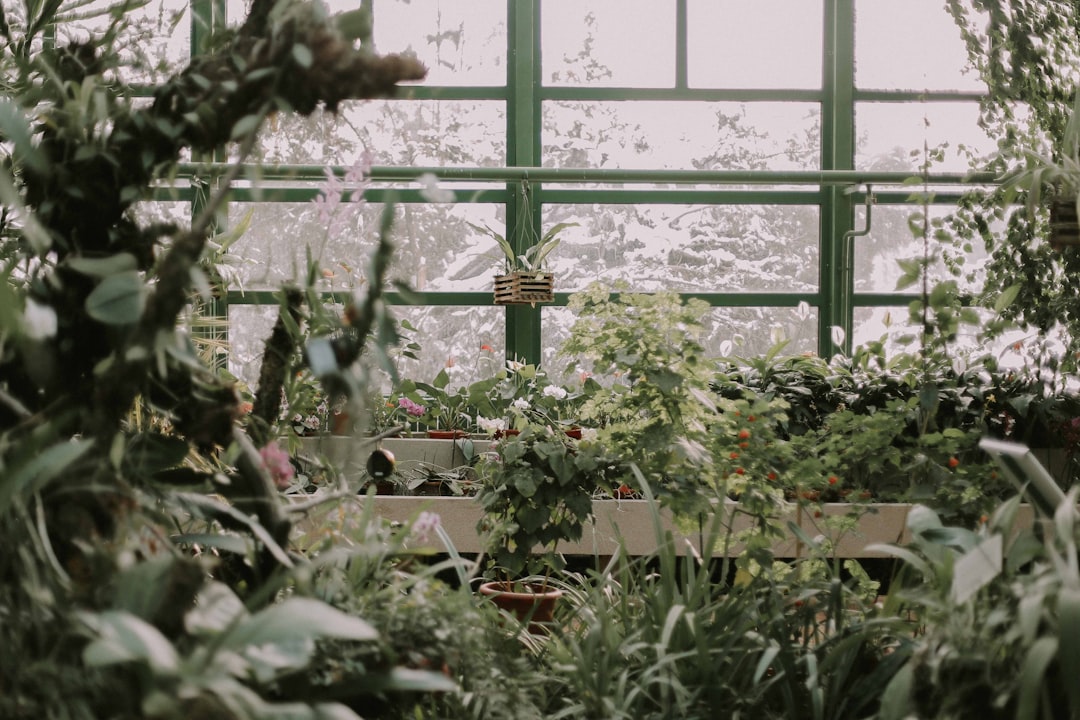
Unveiling the Secrets of Trillium Growth
Unveiling the Secrets of Trillium Growth
The All - Season Charm of Sedum Plants
The All - Season Charm of Sedum Plants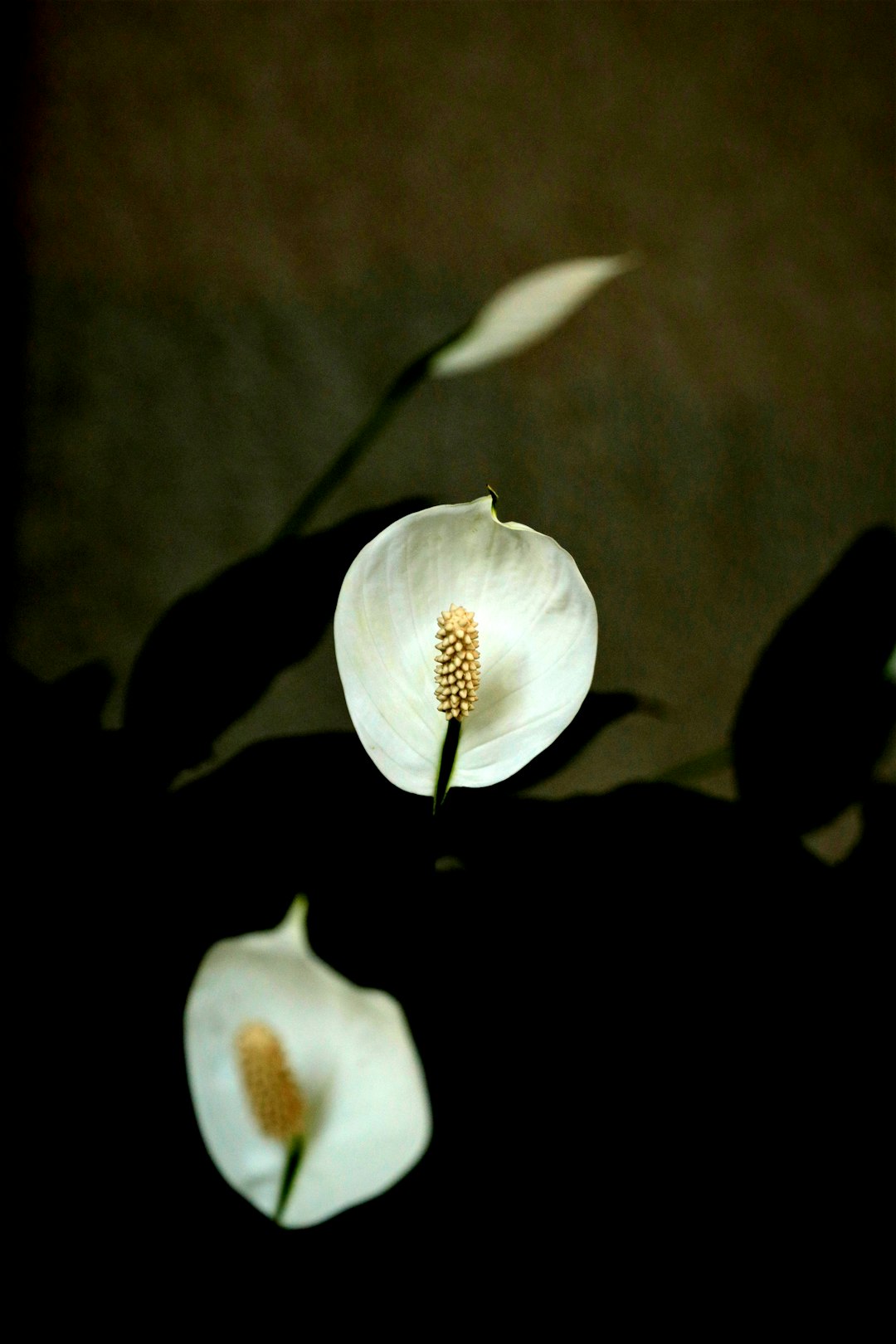
Banishing Snakes from Your Yard: Simple Solutions
Banishing Snakes from Your Yard: Simple Solutions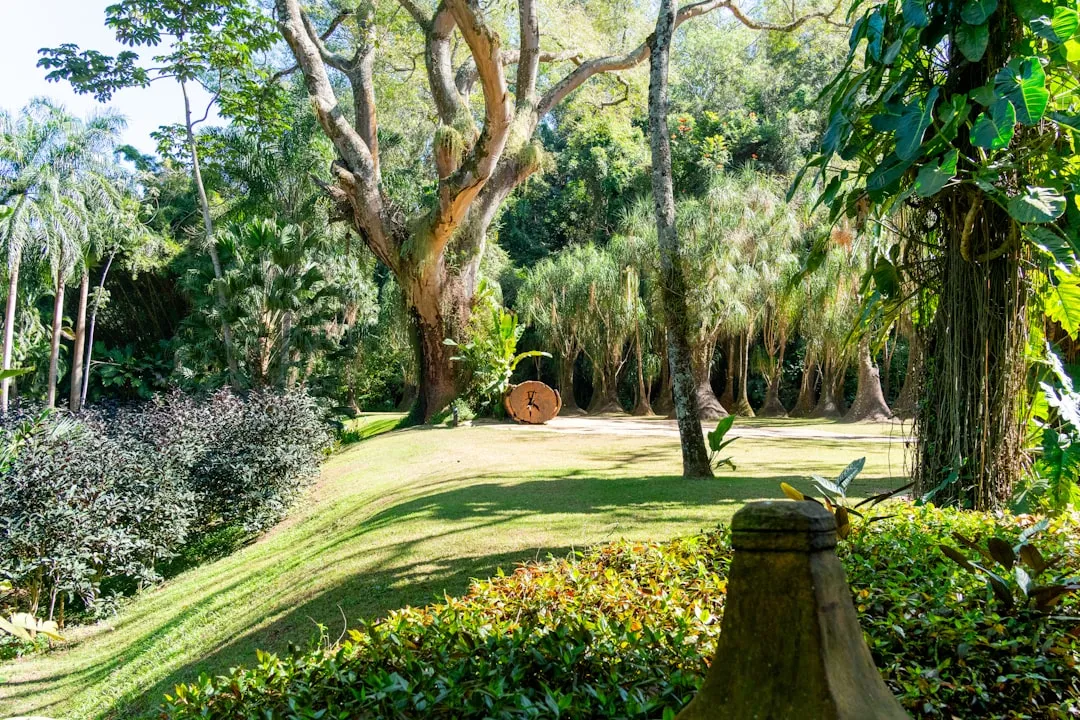
Secrets to a Bug - Free Garden: Conquering Squash Bugs Naturally
Secrets to a Bug - Free Garden: Conquering Squash Bugs Naturally
Transform Your Yard: Banish Crabgrass for Good
Transform Your Yard: Banish Crabgrass for Good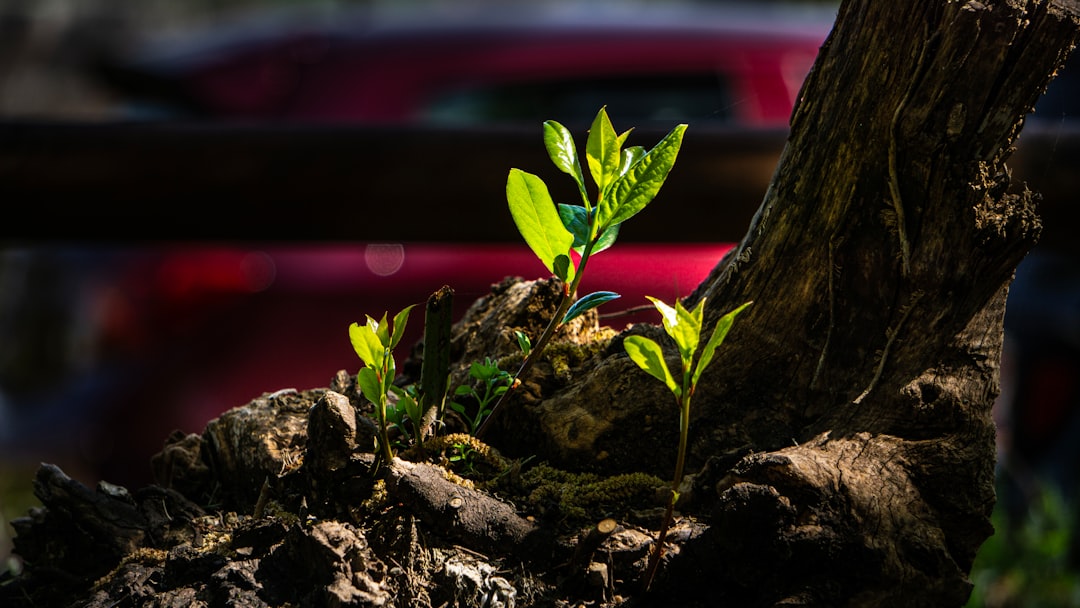
Unveiling the Wonders of a Low - Sun Garden
Unveiling the Wonders of a Low - Sun Garden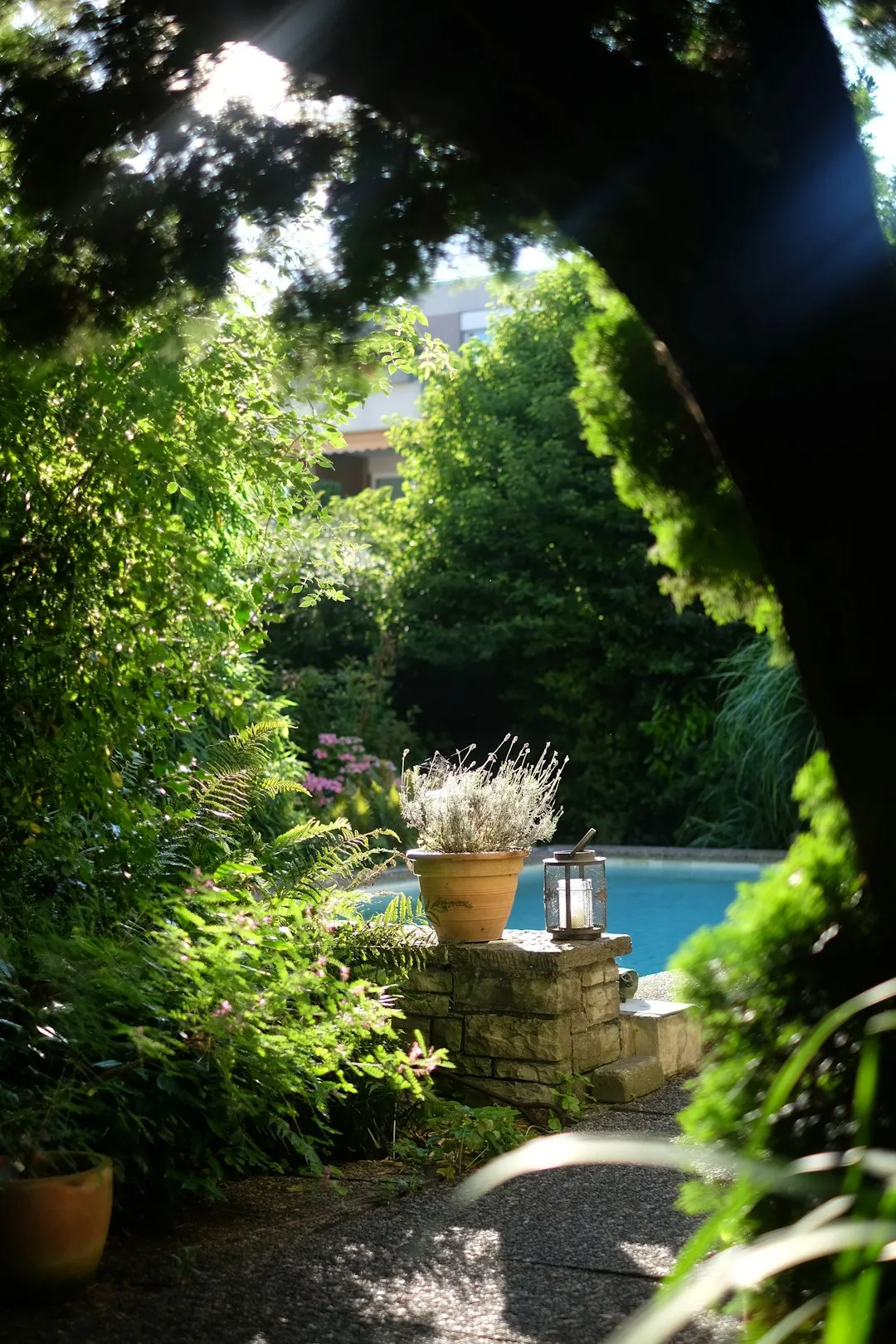
Unleash Your Garden's Potential: The Magic of Lasagna Gardening
Unleash Your Garden's Potential: The Magic of Lasagna Gardening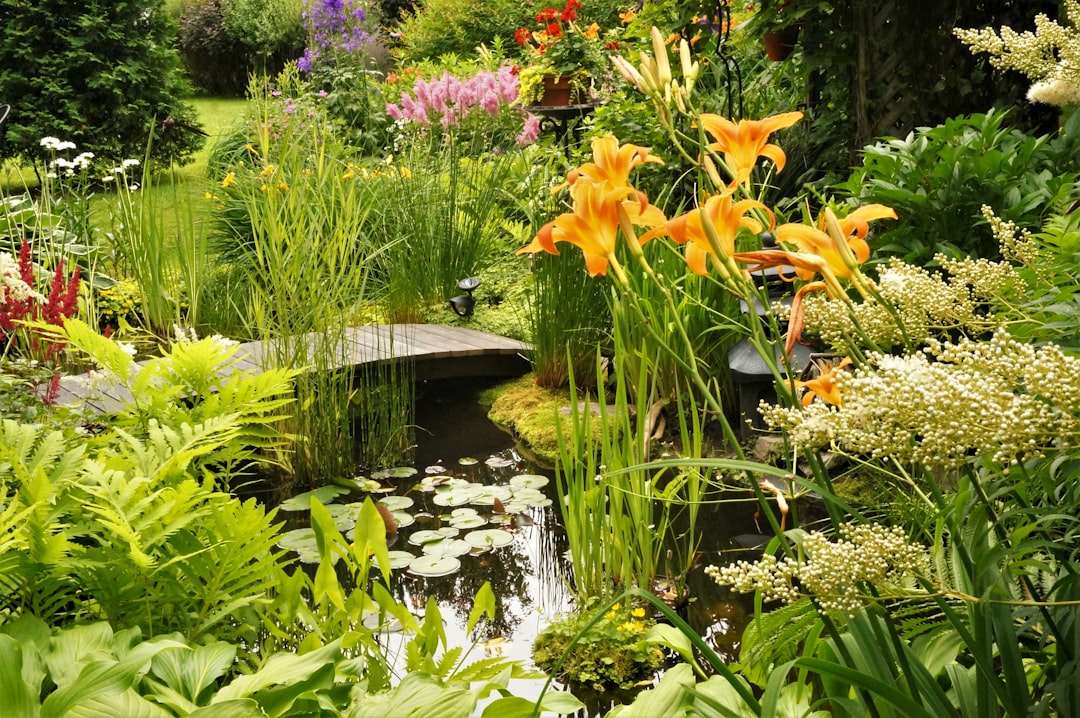
Unveiling the Mysteries of Lunar Gardening
Unveiling the Mysteries of Lunar Gardening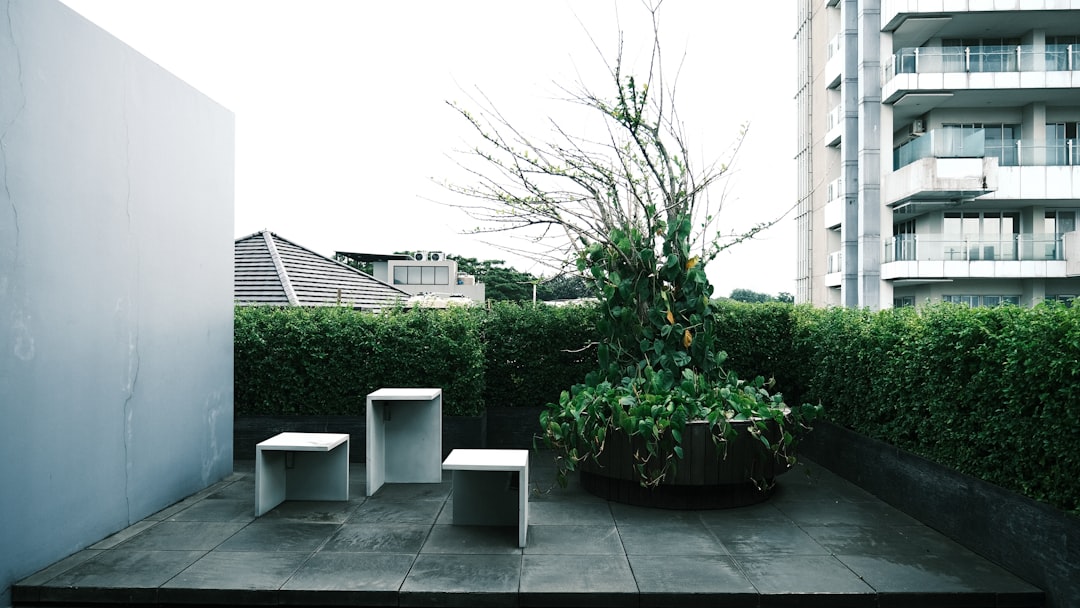
Unleash Your Inner Herbalist: A Guide to Indoor Herb Gardening
Unleash Your Inner Herbalist: A Guide to Indoor Herb Gardening